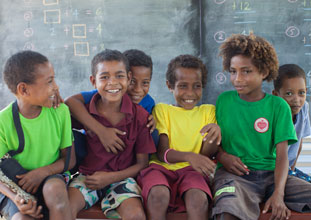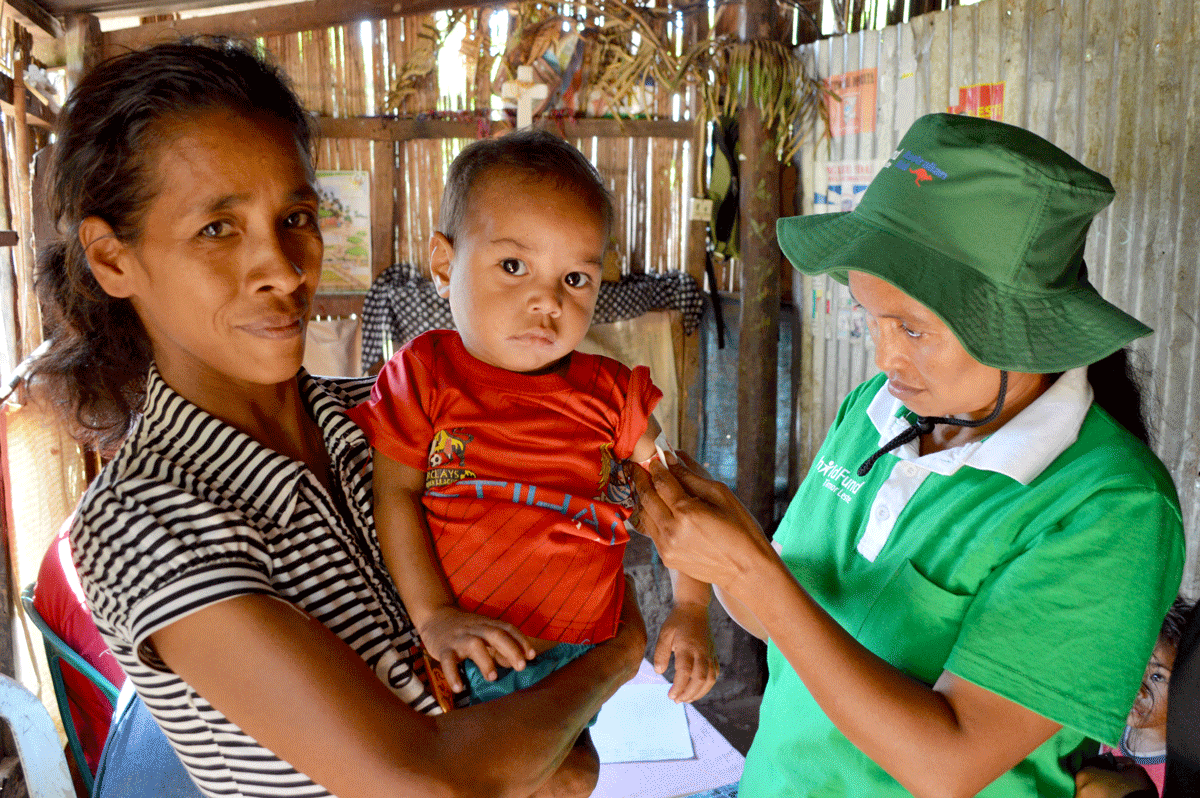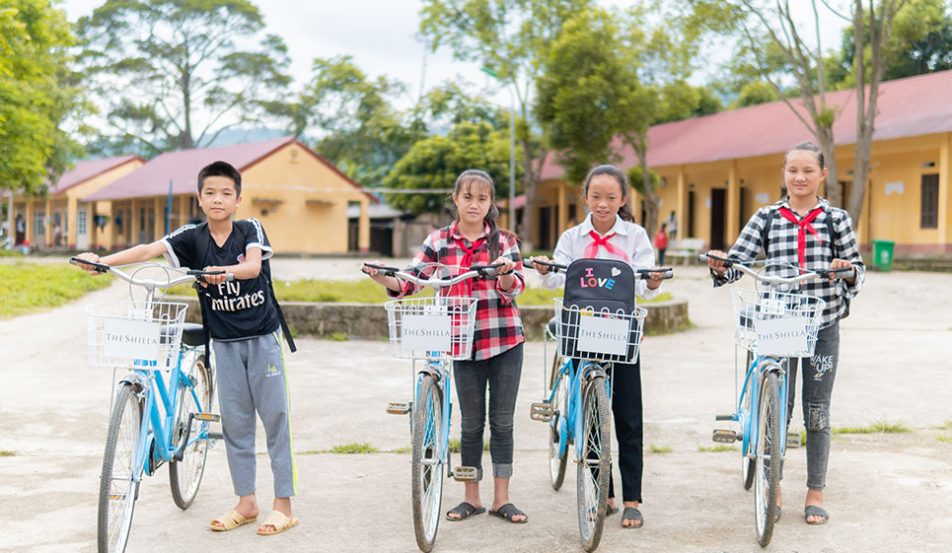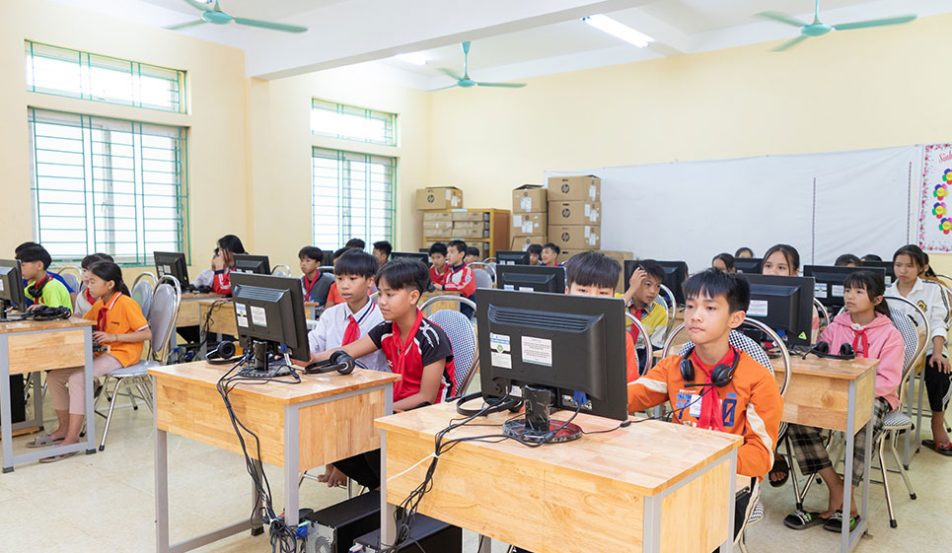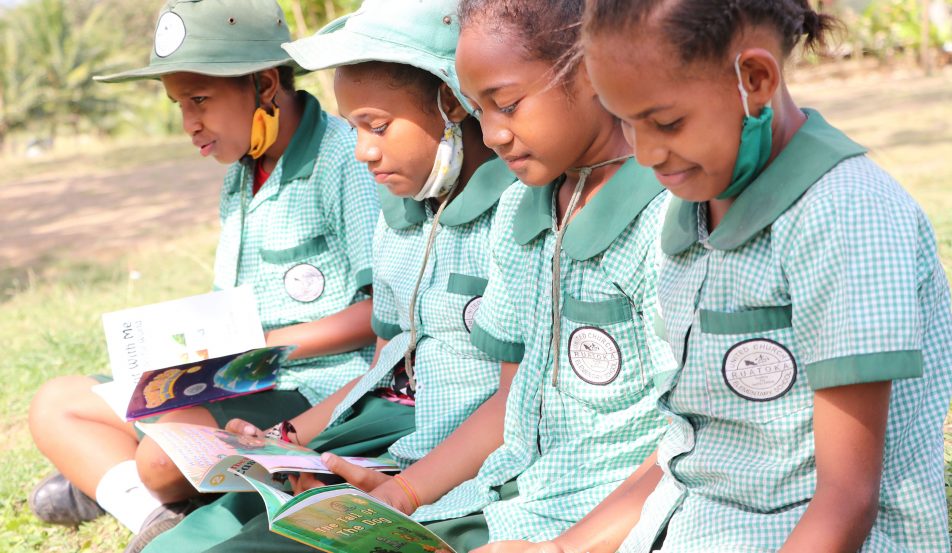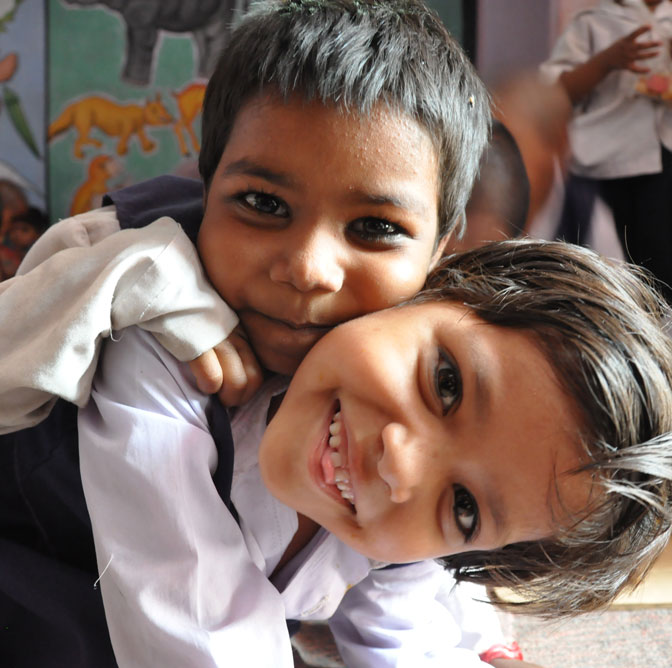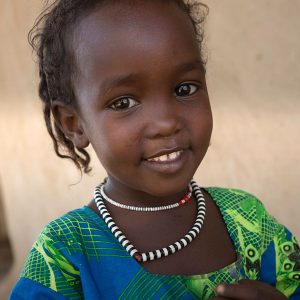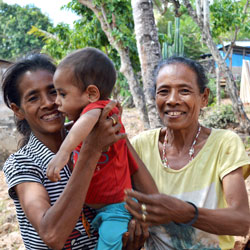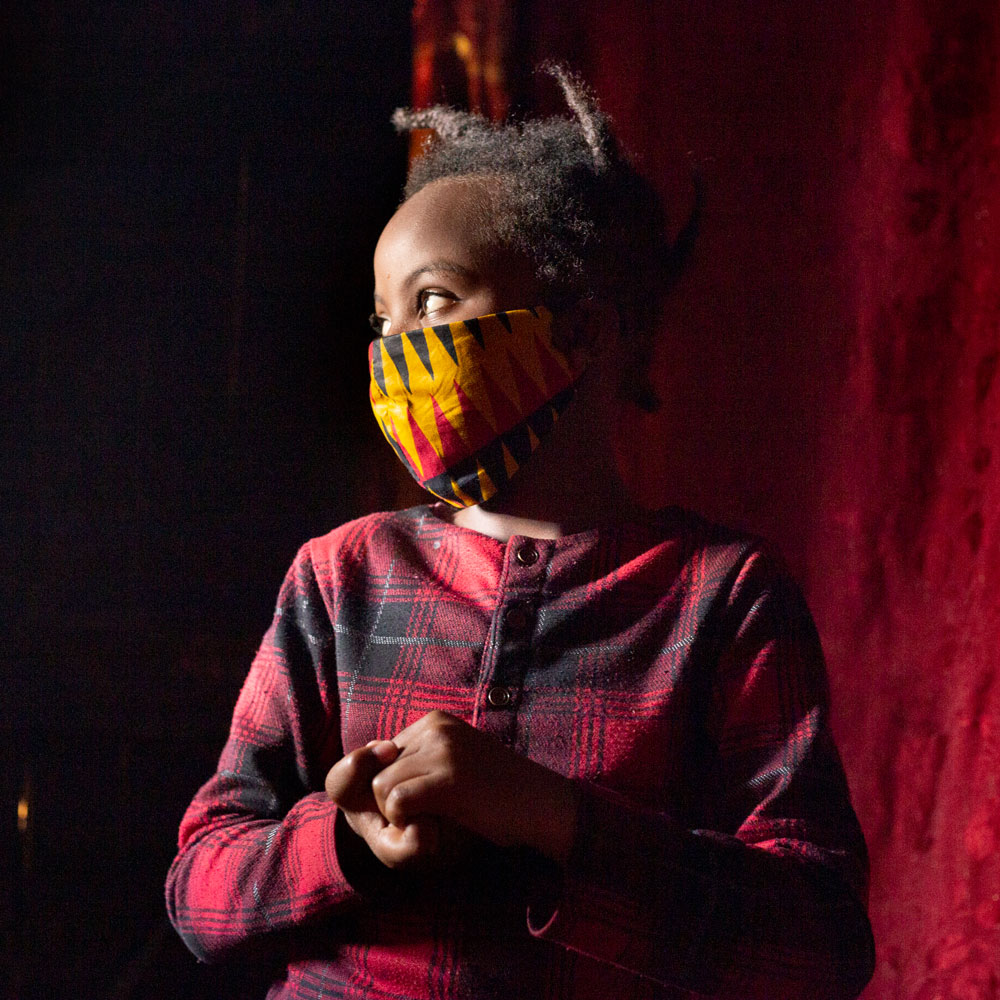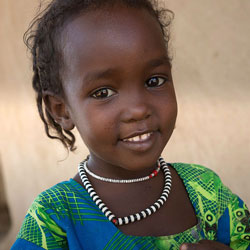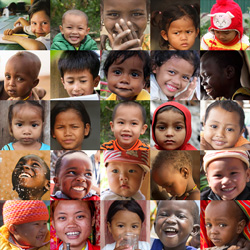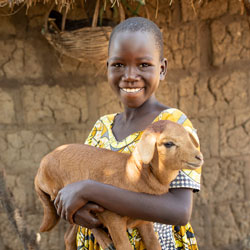5 priorities for education during and after the COVID-19 pandemic
With more than 30 education projects in Cambodia, Laos, Myanmar, Papua New Guinea, Timor-Leste and Vietnam, ChildFund Australia believes investing in quality education is critical to bringing about lasting change in the lives of children and their communities.
With closures to schools, learning spaces, and restrictions on gatherings, the COVID-19 pandemic has brought about disruptions to education for children around the world. It has accelerated inequalities faced by vulnerable children and young people living in rural areas, particularly girls and those with disabilities. ChildFund has had to adjust the way it delivers its projects to help ensure children can continue learning.
The COVID-19 crisis has compelled ChildFund to consider new opportunities, and five key priorities for education now and into the future:
1. Innovate our approach to education
With many schools being forced to close, children’s access to education has been disrupted. ChildFund has had to look for new strategies and approaches to ensure children can continue to learn during this time, such as distributing home learning kits, supporting teachers virtually, helping to set up small community classes (as pictured above in Cambodia), and introducing technology to schools.
2. Continue working with local partner organisations
Access to the remote places where we work has been difficult and we have had to rely heavily on local partner organisations to ensure activities continue to be implemented. These partners have close access to communities and know the context well. ChildFund hopes to continue to strengthen relationships and to build the capacity of these local partners by working and learning alongside them.
3. Ensure children can return safely to school
As schools reopen, there is a risk that many children, particularly girls and children living with a disability, may not return to school because of economic reasons, early marriage or fear for their safety. ChildFund has been working closely with schools to address barriers, to encourage all students to return to school and that school environments are safe, equipped and prepared for any future disruptions.
4. Support communities and families
During COVID-19 many children were forced to stay at home during lockdowns. This was particularly difficult for parents who took on the responsibility of teaching their children while also experiencing financial and psychological stress. ChildFund recognises the importance that family can have on a child’s development, and is supporting families during the COVID-19 crisis through regular visits, providing materials, and running workshops.
5. Strengthen school systems
The unprecedented arrival of COVID-19 took school systems around the world by surprise and most were not equipped to respond. ChildFund has been working with local governments and school management groups to strengthen their systems and resources for the future to ensure that schools are safe. This has included improving hygiene and sanitation facilities, including toilets and hand washing stations, ensuring Disaster Risk Reduction plans are in place, and training teachers on COVID-19 messaging to support communities.
